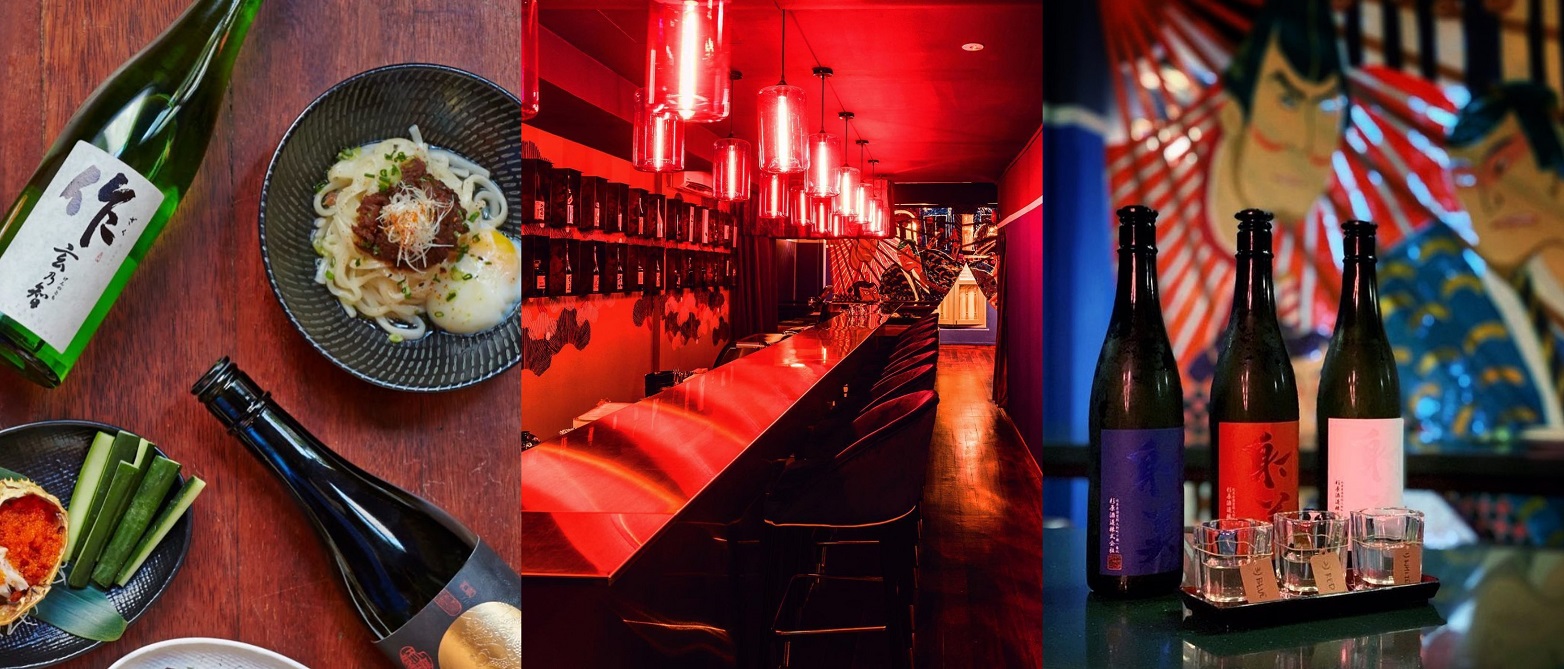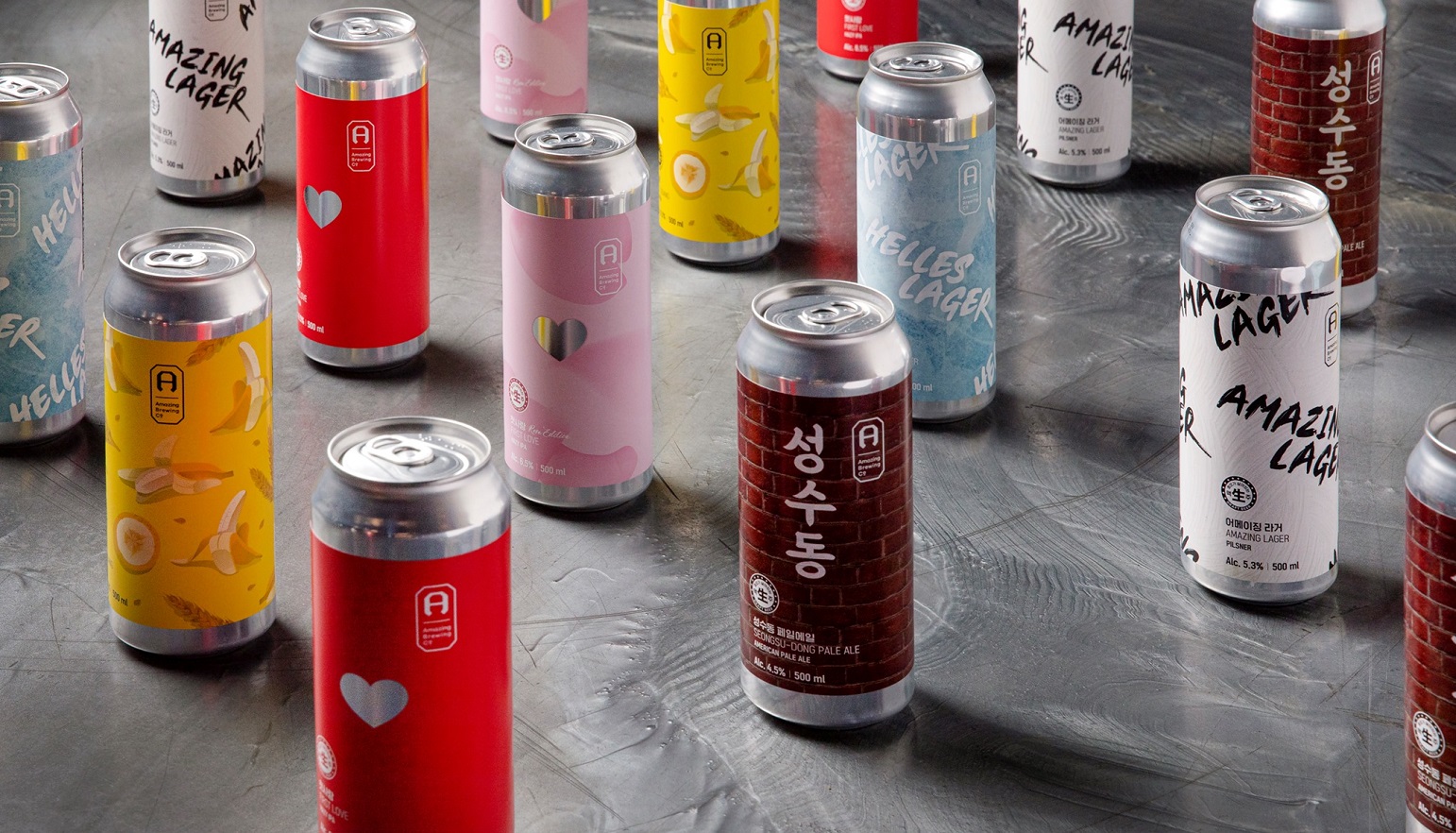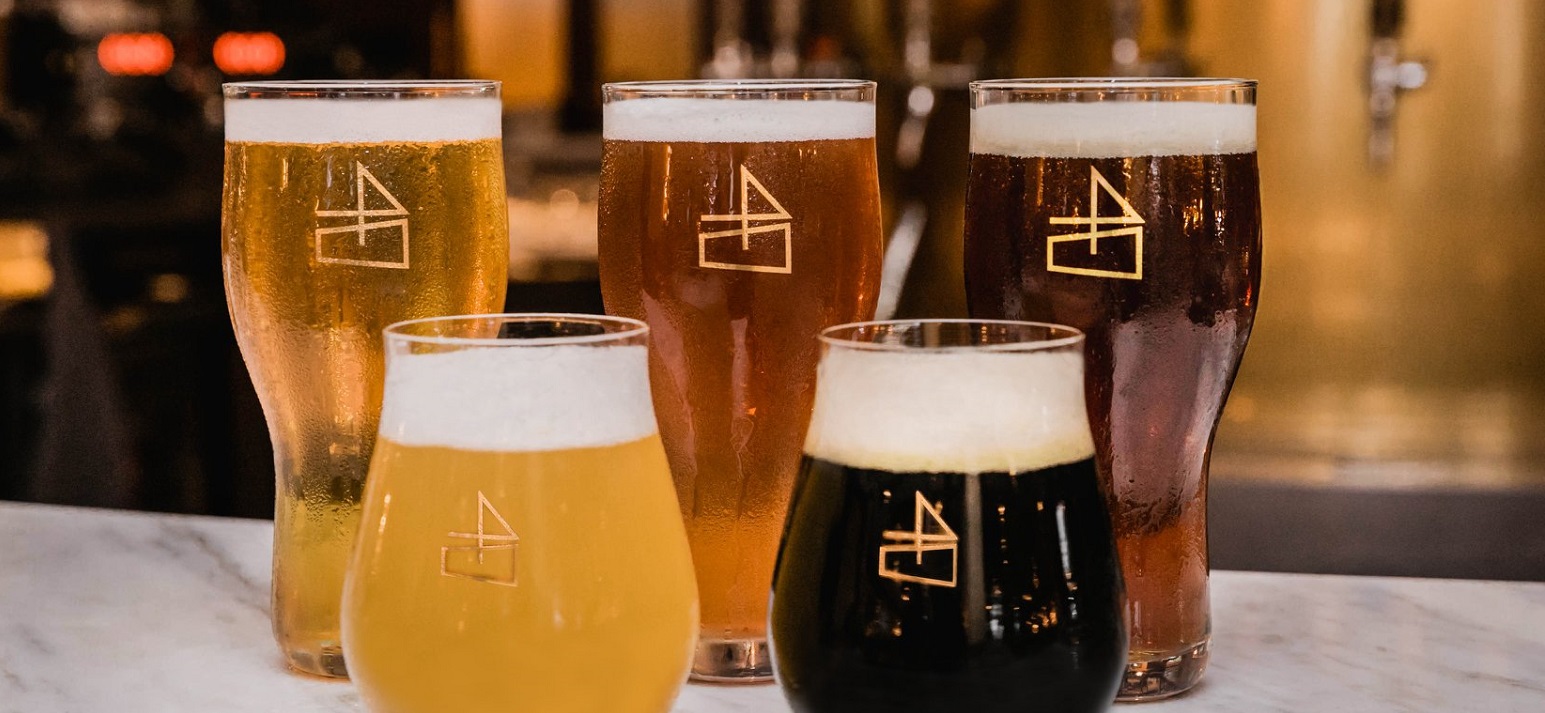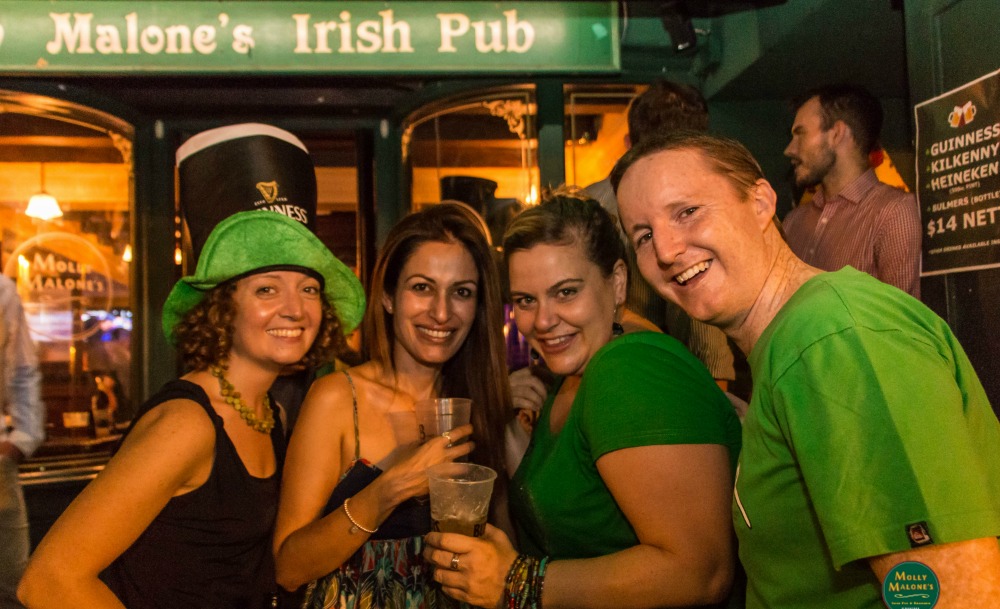There’s a new local mead in town.
If you’ve visited some of Singapore’s coolest craft beer haunts the likes of Bunkerbunker, Temple Cellars and Freehouse recently, there’s a good chance you’ve come across the label.
Lion City Meadery (LCM) is a brand that’s obviously loud and proud of their Singapore grounding. Big, bold and roaring (and only slightly over a month since they hit the market), LCM is the brainchild of two Singaporeans – Sanjay Jegatheesan and Justin Herson – who until recently, spent more than a decade each in the unrelated fields of audio-visual sales and construction respectively.
“Before this, I was in audio-visual sales. I’ve been in the entertainment industry since I was 16, so it’s 18 years now. Five to six years ago I started homebrewing. I was on a trip to London and that was when I tasted mead for the first time. I came back to Singapore, couldn’t find anything similar. So since I was already homebrewing at that point, I decided to make my own mead,” said Jegatheesan. “It can’t be that hard.”
While Jegatheesan’s brewing prowess grew, it was Herson’s business acumen that moved them to realise LCM as a company. “My background is actually in construction. I ran my own company for about 16 years and I was kinda looking for the next thing to go into,” said Herson. “Me being a business guy, I crunched the numbers and I figured there’s an opportunity here.”
“I also looked at the market and realised there’s actually an opening in Singapore, there’s a gap. The trend is now all IPA, summer ales, double IPA beer styles; the flavours just keep getting bigger and bigger. The way I looked at it is like, it has to end somewhere. Sooner or later it has to go the other way, the more delicate beer styles,” he added.
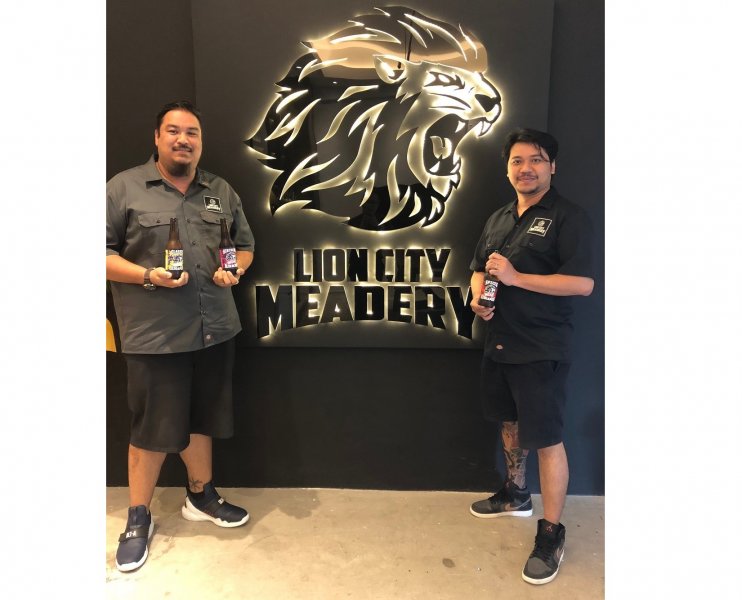
The Lion City Meadery boys Sanjay Jegatheesan (L) and Justin Herson
Their backgrounds (they are also musicians who played in their own respective bands, btw) have come in handy nonetheless. Herson’s construction knowledge, for instance, was useful when setting up the LCM office and warehousing facilities here in Singapore. They don’t brew locally though, but in a Singaporean-owned brewery they rent in Melbourne.
“Why we chose Australia is because the quality of ingredients are top notch. If we produced in Singapore, we will have to fly everything in. To me it was a no-brainer. If I was to do it here, I would get a poorer quality product that costs more,” explained Herson.
Another thing they don’t do is sell direct. Unless you’re one of the founders’ close friends or relative, the only way to get your hands on one of their meads – they come in Classic, Hibiscus Blueberry and Spiced – is from one of their distribution points (including Sixteen Ounces Craft Beer Bistro, Thirsty Craft Beer Shop, Smith Street Taps, Good Luck Beerhouse and the ones mentioned before).
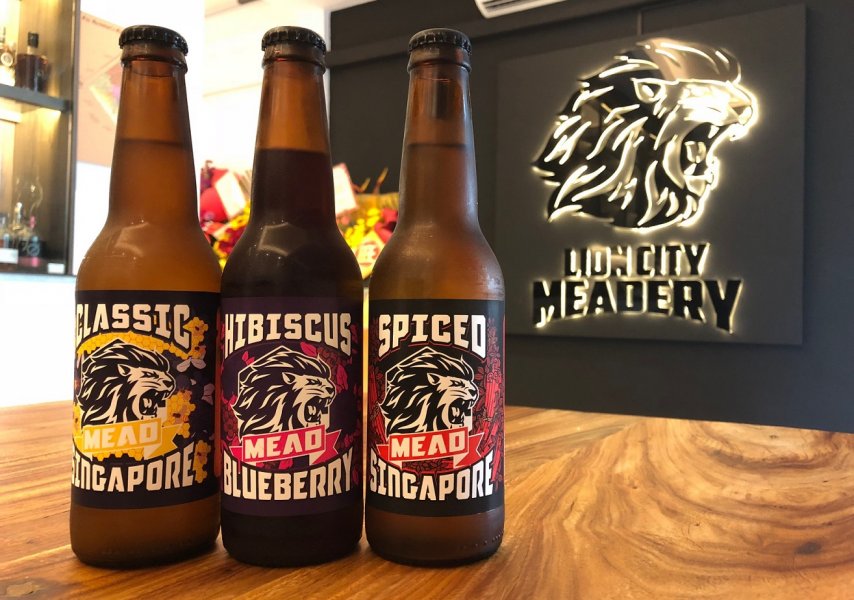
Local artist Lee Anne desinged all of LCM’s labels
The honey used to make their meads currently come from Walkabout Apiaries in Victoria. They’re using a custom blend made just for them, which Jegatheesan says help ensure consistency in product throughout the seasons. After the meads are batch brewed in Melbourne, they are either bottled or kegged then shipped to Singapore.
But what really sets LCM apart from other meads are, well, their meads. Each of their current three flagship flavours, from the sour ale-like Classic to the supremely complex Spiced, are unlike most meads you’ve probably tasted before.
We find out from the founders just how they’ve managed to make such amazing brews that defy the conventions of mead making.
So how did you two first meet?
Herson: We came from the local music scene actually. I played in a band and Sanjay did audio for us. He also had his own band, so that’s how we got to know each other. We did a few gigs in Singapore, and that’s kinda how we met.
Sanjay, how did you learn how to brew mead?
Jegatheesan: Trial and error. I went online, found a basic recipe and thought how difficult can this be. I brewed my first batch, three months later, I dumped everything down the sink. It really tasted like crap. Me being me, I decided I’m not going to stop until I figure this out. That led to an obsession of almost four years perfecting what is now the Classic.
I notice you’re distributing at all the craft beer places. Why is that so?
Herson: With any new product, some level of education is required. As of right now, mead is in a peculiar position where there are people who really know what mead is, and there are those who don’t know what it is at all. The craft beer people generally know what it is, and they can appreciate a good product, so we’re starting from there. They are also a good launchpad to educate the consumers on what is mead, what it tastes like, and what they should expect.
Jegatheesan: Your craft beer drinkers tend to be more adventurous. They tend to be more open to trying new things and understand what the brewery or meadery is trying to do. If I brought my product to just any bar, they might ask me why does it taste like that and not like a beer. Craft beer bars are more willing to understand and that makes conversations about our product easier as well.
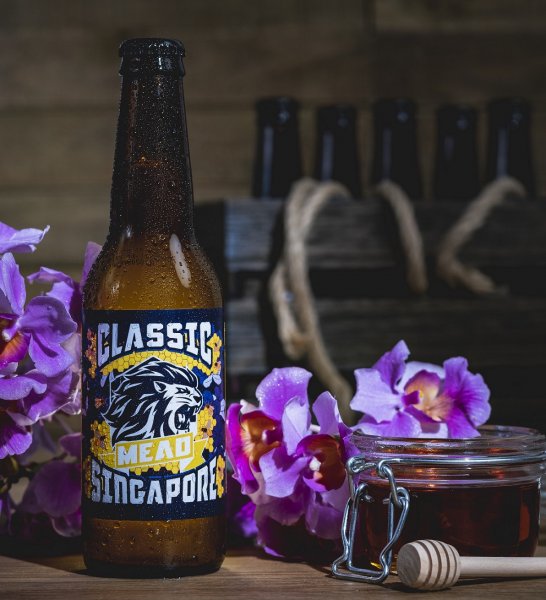
Speaking of products, why is your Classic Mead made in this style?
Jegatheesan: I’ve always been a fan of sour beers. The thing that catches me is how refreshing it is, especially on a really hot day. It goes well with food because it cleanses and refreshes your palate. It doesn’t add to flavours that are already in your mouth, in that sense. I wanted something light and easy-drinking, and importantly refreshing – it has to be refreshing. And one way to kick start that is through acidity. It helps build up an appetite as well.
Will you say your meads are all more beer styles?
Jegatheesan: Yes. It is more the beer, cider styles of mead unlike others in the market that are more wine styles. That’s the amazing thing about mead. What constitutes as mead is really wide. You can have them still or carbonated like ours. In the future we may put out something that is crazy high ABV and it’s still mead coming from us. Right now all three [flagships] are beer styles because that’s where we see it moving for now. We’ll be adding two more flavours to the lineup [this year] and we’ll have a total of five in our flagships, all beer styles.
Herson: We’re going to do seasonals as well. Those will be really fun because the gloves come off, no restrictions, no limitations. It’s literally just what Sanjay feels like doing. We could do high ABV, barrel-aged, local flavours, anything.
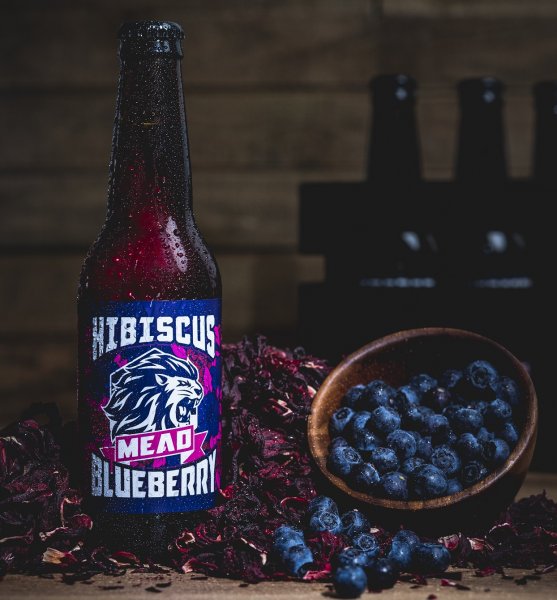
What was the thought process behind the Hibiscus Blueberry Mead?
Jegatheesan: It’s the same base as the Classic, but what went through my mind when making the Hibiscus is that I found many ladies, when they are visiting craft beer places with a group of guy friends, they are not very big beer drinkers in general. They are more into wines and cocktails. This is generalizing, because they are many women who do love their IPAs and their imperial stouts, but there is always that group that is still trying to get into [craft beers].
This is when the Hibiscus comes in. It’s like a bridge. It’s dry to a point that it’s almost wine-like, and I would say that it drinks like a very young Pinot Noir that is sparkling. At the same time, it’s beer-like; it’s 5.5% ABV, carbonated and comes in a 330ml bottle or tapped. It’s a bridge that helps get you into craft in general. And the colour is amazing with no additives or chemicals in there. Everything you taste in there is natural.
And the Spiced Mead?
Jegatheesan: The Spiced is inspired from chai tea. I’m half Indian so I love my masala tea and my spices. The whole idea behind it goes all the way back to this whiskey I had that’s not really good. A friend of mine, who runs The Single Cask, he was like: “What can we do to make it better?” I was like, let’s just have fun with it. It’s such a shitty bottle anyway. So I first added dried fruits in and let it infuse. Upon trying, I found it way too sweet. I threw in some spice; cardamom, cloves, cinnamon, star anise, and it sort of balanced out. After more experimentation, it came out as a product that was, quoting everyone who tried it, a million times better than the original.
So when I started making mead, I was like what if I took what I did to the whisky and did it to the mead. The first iteration with the fruits and the spice and everything was just too much going on. So I figured that honey was already naturally sweet, so there’s no need to add dried fruits anymore. I cut out the dried fruits, reduced the spices I used to just cinnamon, cloves and star anise, and after a few iterations, eventually the Spiced Mead is what you get.
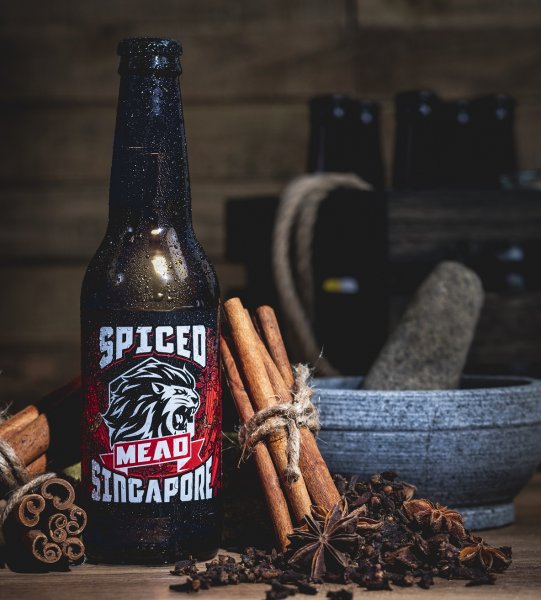
The spices were added during secondary fermentation?
Jegatheesan: Yes, with the spice we actually employ a three-step fermentation. With the Classic and the Hibiscus they were two-steps, but the Spiced one is actually a three-step.
What is the third step?
Jegatheesan: The third step, I cannot share with you. There’s a secret to it, to why it’s this balanced, to why there are layers of complexities when you drink it. But ya, it’s a secret.
What goes into the Classic?
Jegatheesan: It’s just honey, water and yeast. How much of what does differ and so is the process you put it through. And if you look at the recipe, you’ll be surprised at how precise I am. We are brewing in 3000 litre batches, and my water specification came down to the millilitres, my yeast down to the grams, and even my honey came down to the grams. There were also certain milestones we have to hit and things to do when we hit those milestones.
Do you have a favourite flavour right now?
Herson: For me it’s Spiced. All of them are good, but my preference lies in Spiced because the follow-through is very long and it keeps evolving. So when you drink you get that tanginess, which then gives way to the cinnamon, then to this malted barley taste before progressing further. So there are a lot of layers and complexity behind it. When we do tastings, and when we ask for tasting notes, I think no one has ever repeated the same answer except for one or two instances. We got everything from roasted coconut to almond milk to glutinous rice to hazelnut and wheat grass. On opening day, we even got massage parlour [as a tasting note], so that was a bit weird. But that’s the fun thing about the Spiced Mead; everybody has a very different tasting note and it resonates with people differently.
Jegatheesan: For me it’s Classic. It’s sentimental to me and took me a long time to get right. The Classic started everything and the other flavours wouldn’t exist without the Classic, which is the base they are built on. Without the Classic, not just the other flavours but LCM wouldn’t be here.
Stay updated on where Lion City Meadery is distributing on their Facebook page.


